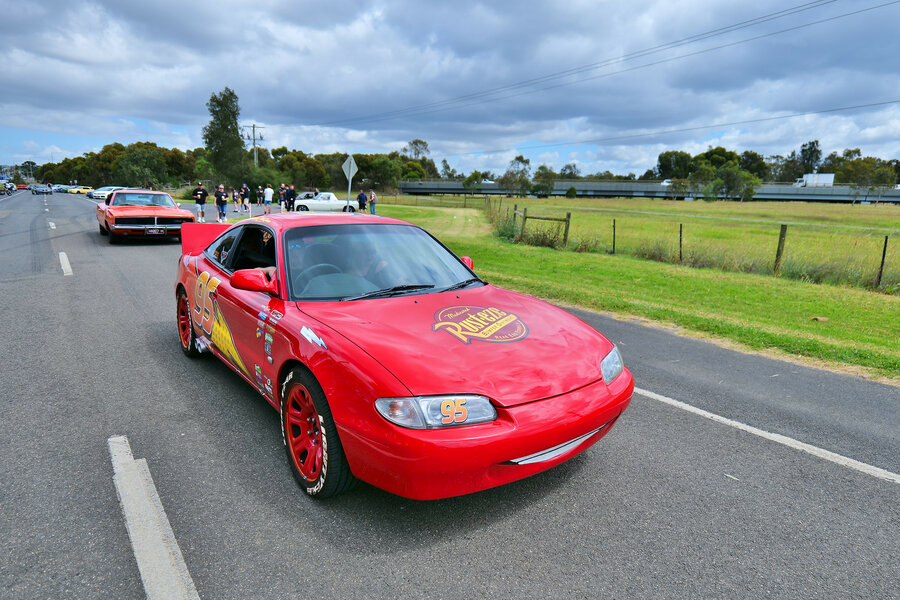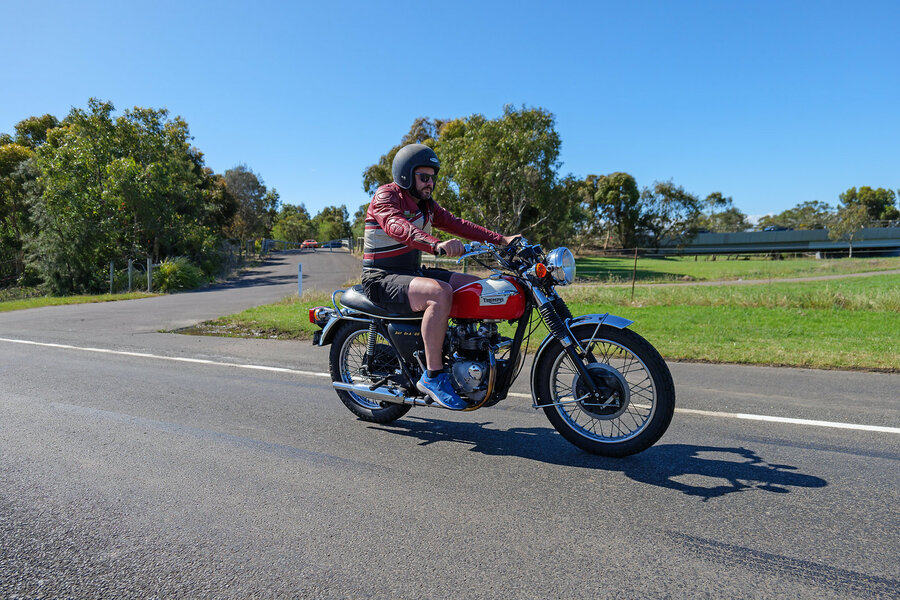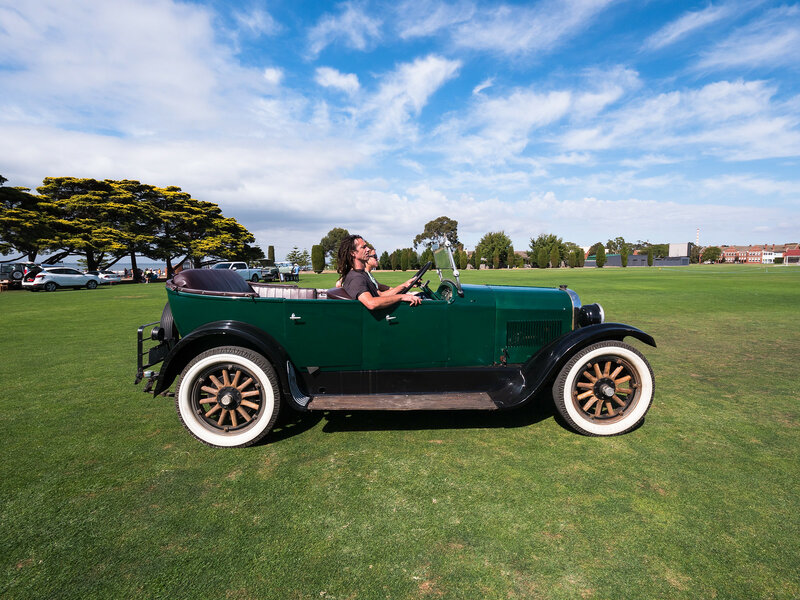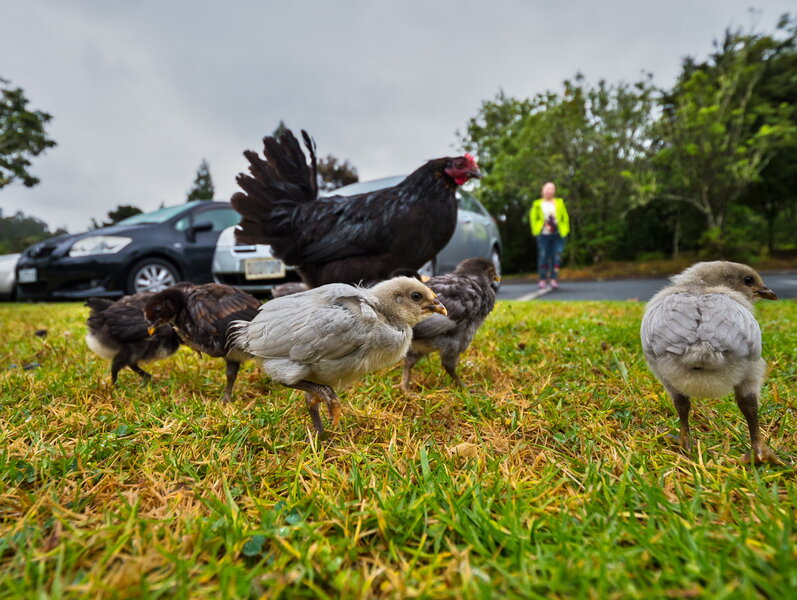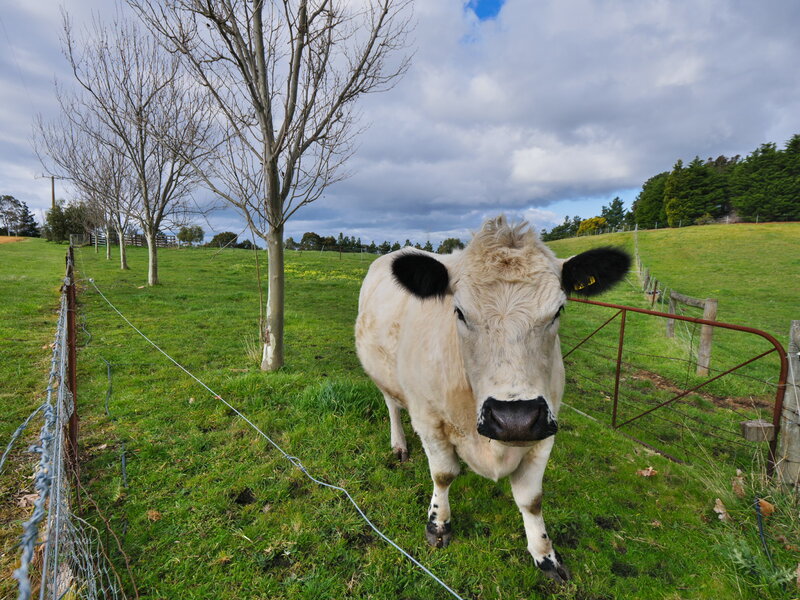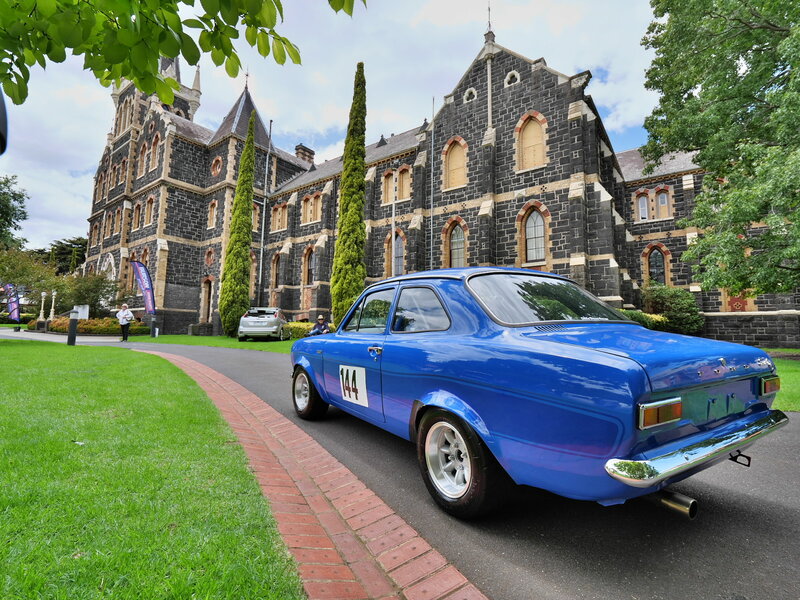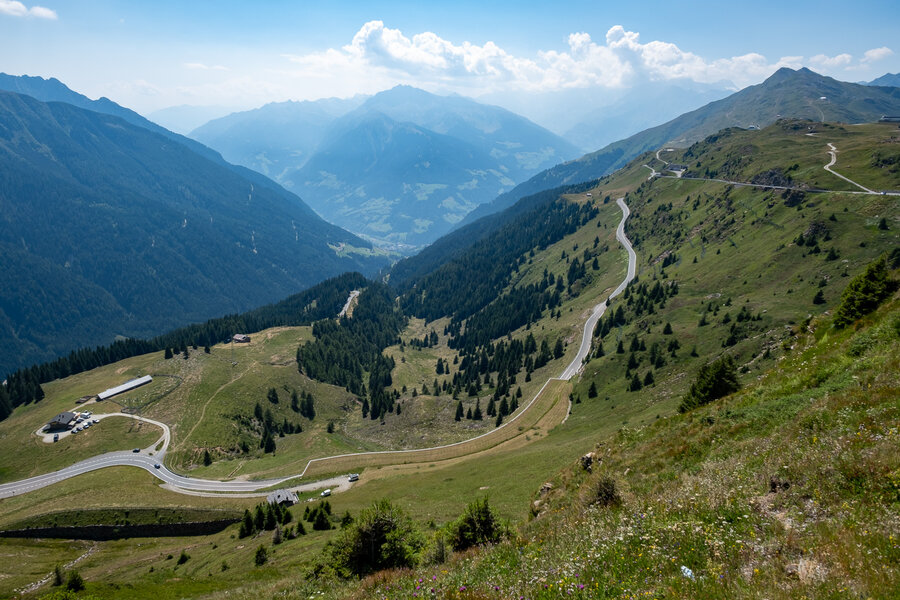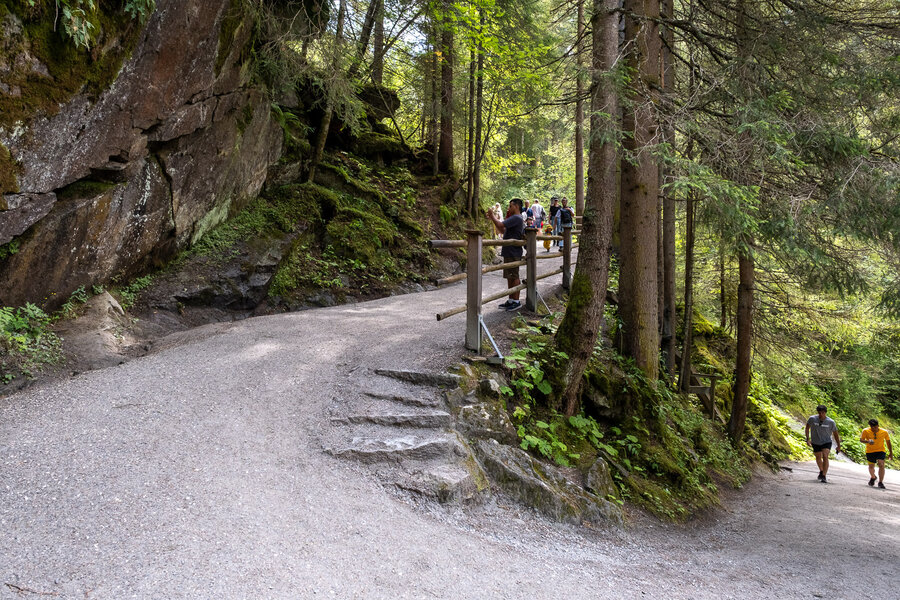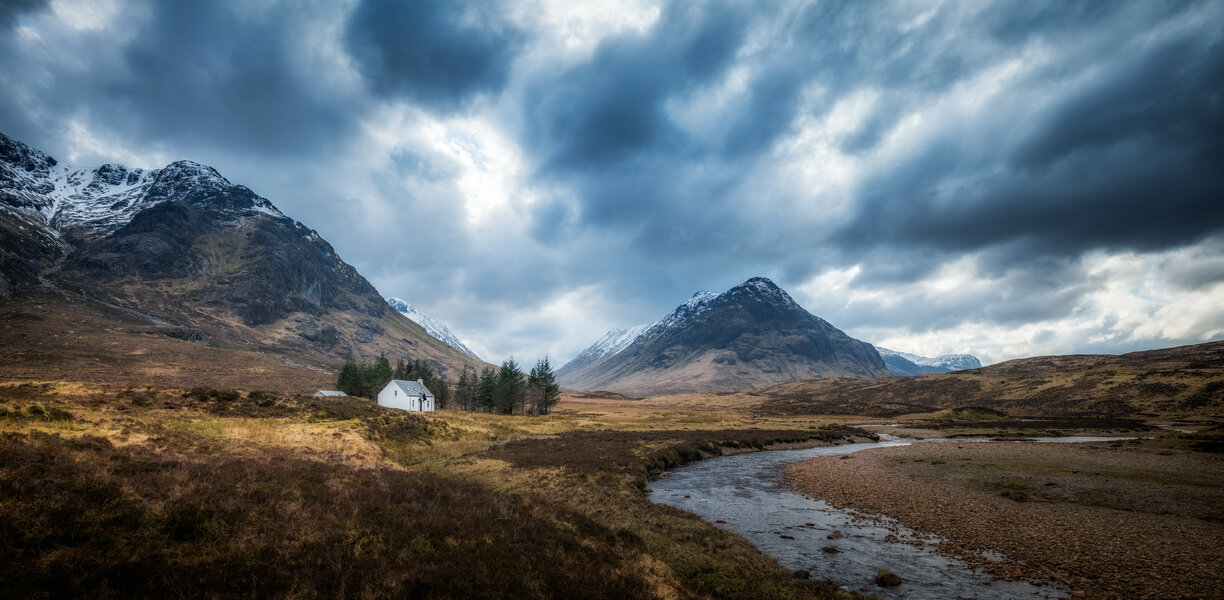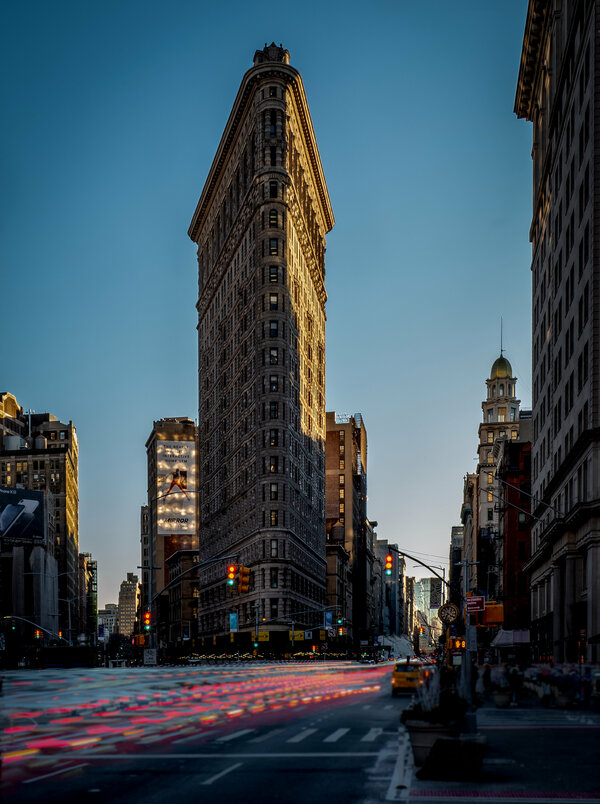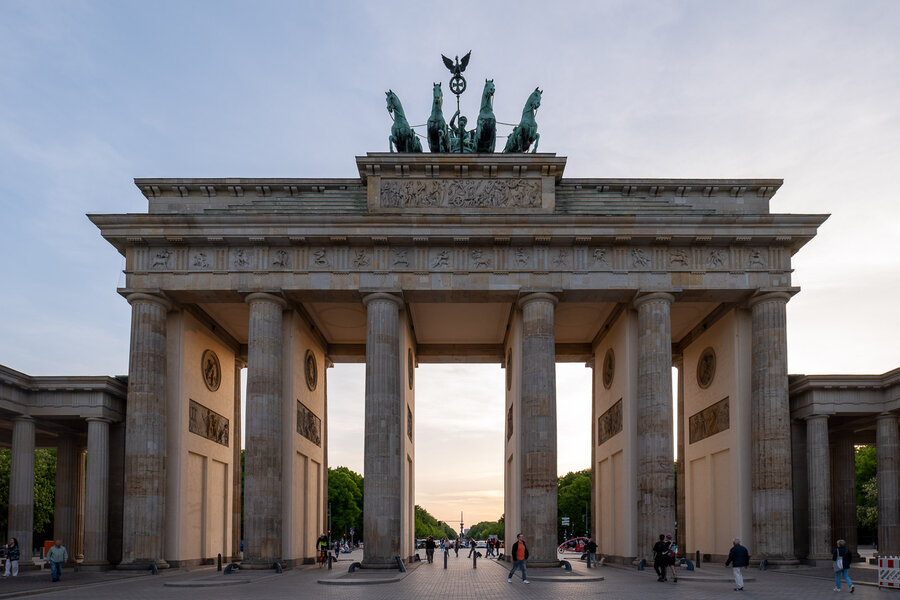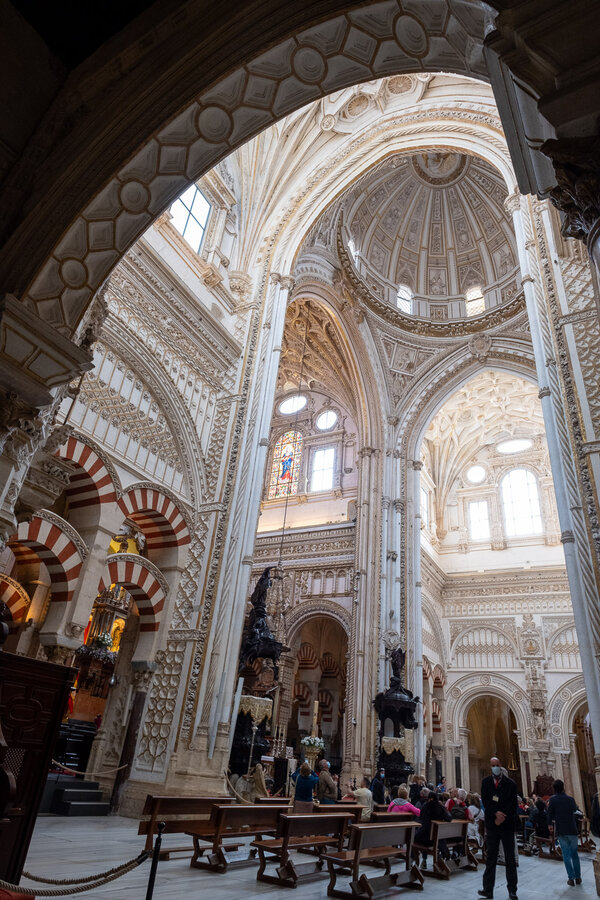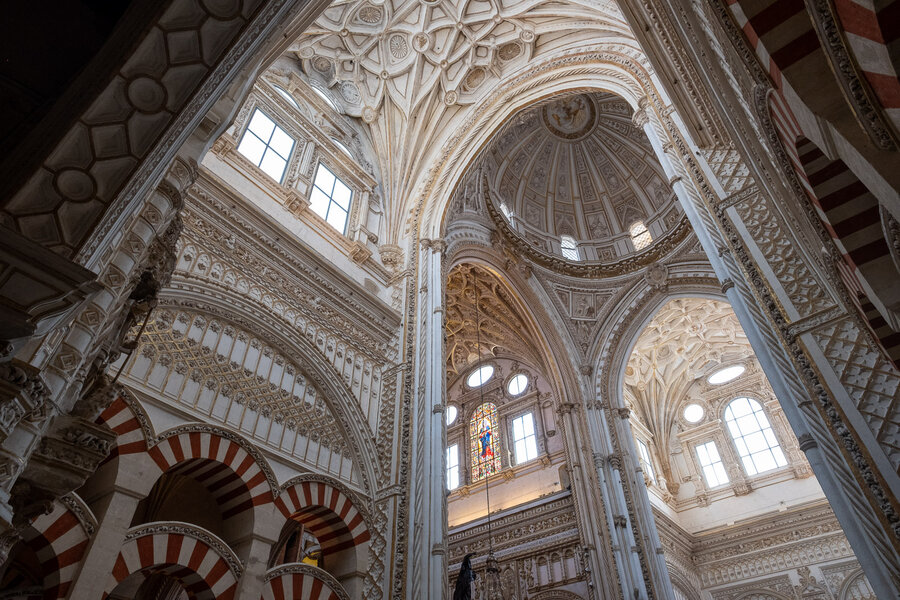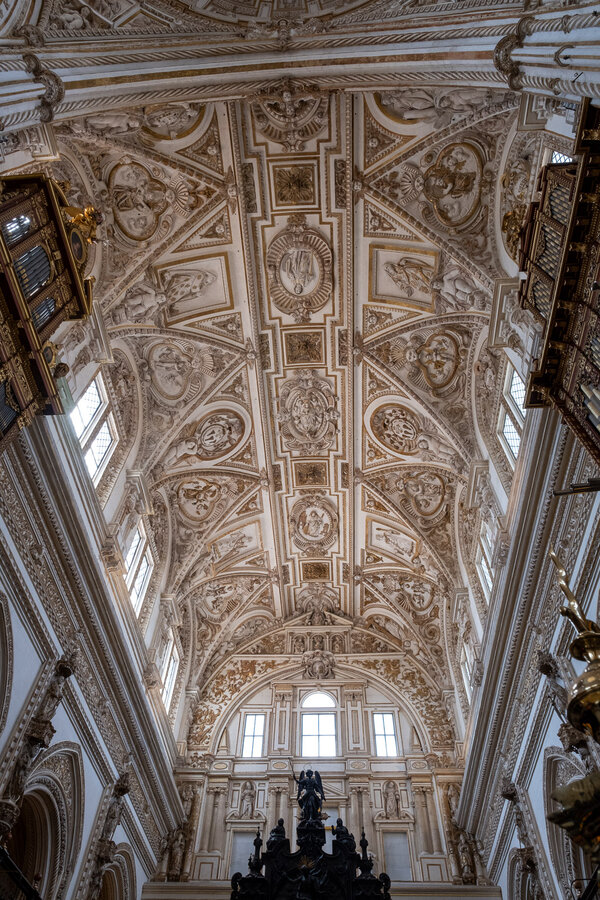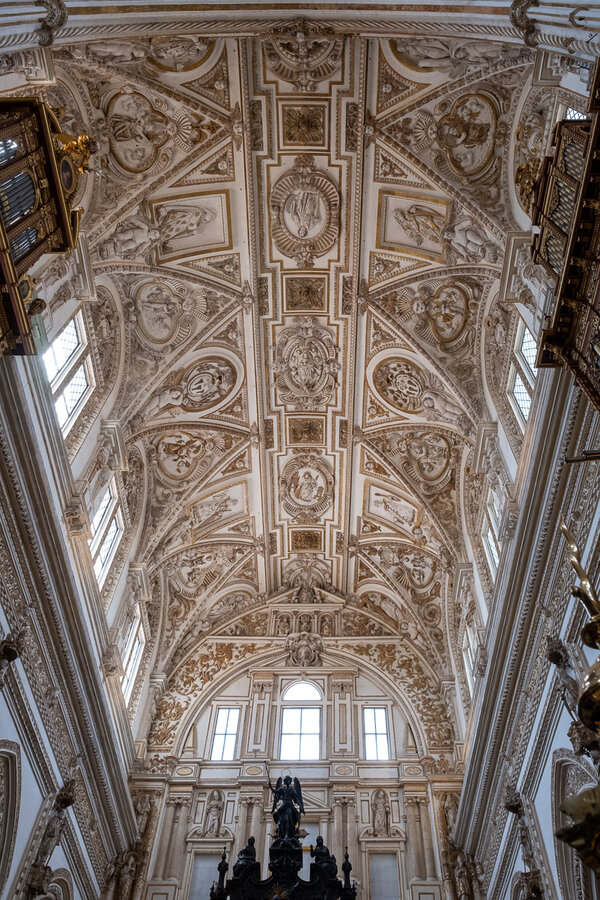I know there are a couple of forum members who like wide angle photography, and I do have an interest in a 14-28 (or 16-28/2.8) because sometimes 20mm is not wide enough. I have used a 21mm equivalent for years (Fuji XF14/2.8), and the pictures I like with it are actually quite close up, with a main subject in centre to really show it in it's environment. Or pictures with nice lines etc. in a building or landscape, roads etc. Every time I used it "to get it all in the frame", I was disappointed with the result.
I looked at the DPReview Samples from 14-28 and I didn't like most shots < 20mm, because as soon as you tilt a wide angle just a little all lines go bezirk, and it makes me wanna puke. And in that gallery too many examples are in there. The only < 20mm examples in there I like are, what I described, relatively close to your subject and show it in it's surroundings, or a landscape with a real interesting foreground and something less interesting in the background.
So what is the best way to shoot something like old church/cathedral interiors to emphasise the size and beauty without getting a feeling of nausea, or completely distorted pictures. Or a very large building in a city centre. If you get too close and use the wide angle you get strange lines, of you are not close enough you get straight lines, but a very uninteresting foreground and the main subject is way too small.
I looked at the DPReview Samples from 14-28 and I didn't like most shots < 20mm, because as soon as you tilt a wide angle just a little all lines go bezirk, and it makes me wanna puke. And in that gallery too many examples are in there. The only < 20mm examples in there I like are, what I described, relatively close to your subject and show it in it's surroundings, or a landscape with a real interesting foreground and something less interesting in the background.
So what is the best way to shoot something like old church/cathedral interiors to emphasise the size and beauty without getting a feeling of nausea, or completely distorted pictures. Or a very large building in a city centre. If you get too close and use the wide angle you get strange lines, of you are not close enough you get straight lines, but a very uninteresting foreground and the main subject is way too small.
